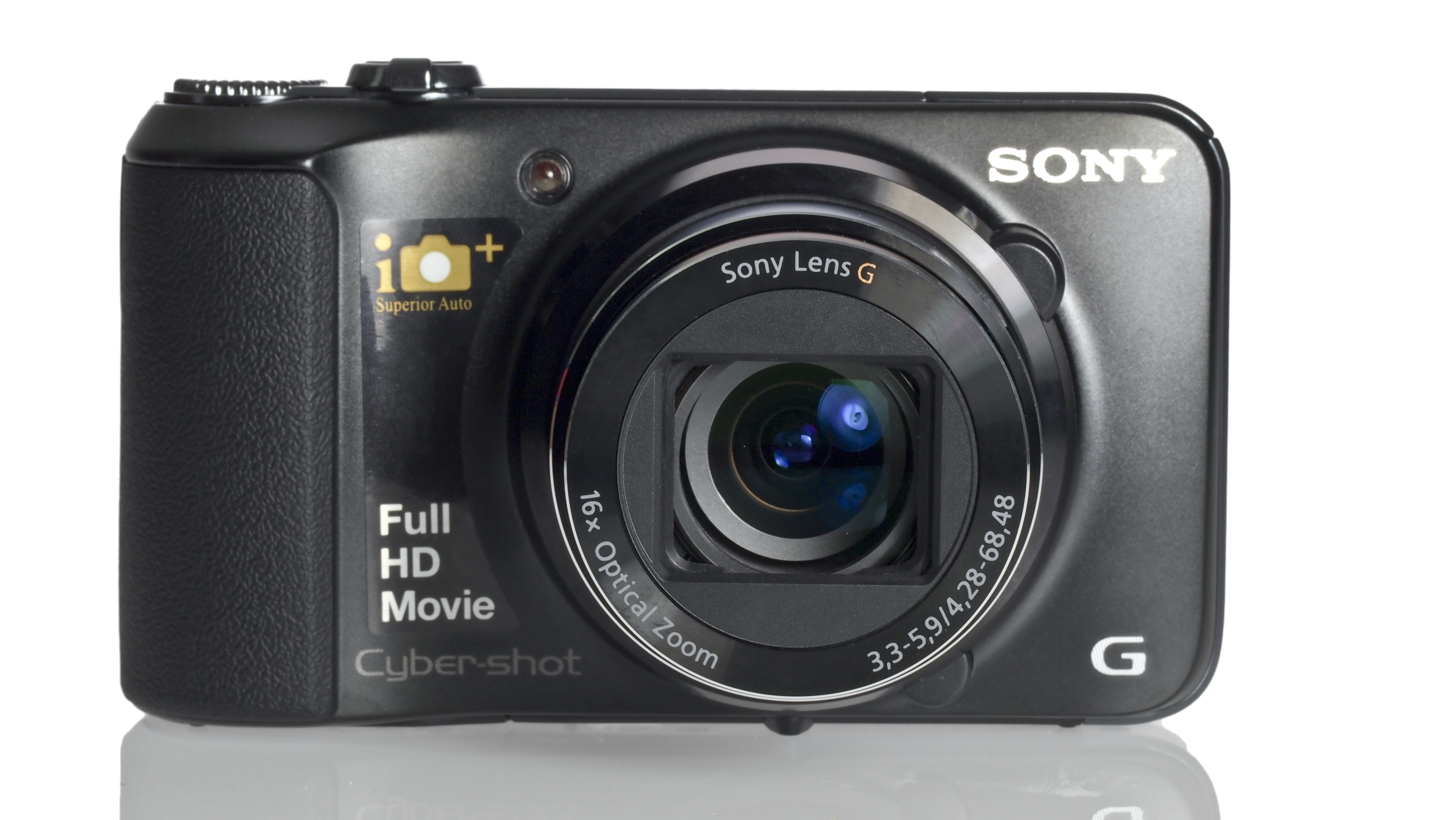Why you can trust TechRadar
Overall, the images produced by the Sony HX10V are very pleasing. Colours are represented well in the majority of cases, though we did find a couple of incidents of under saturation of the most vibrant colours.
Images are sharp, with the Sony HX10V's 18.2 million-pixel sensor capable of resolving a good amount of detail. On occasion, some detail is lost in the highlights, but it's nothing to worry about if using images at printing or web sizes.
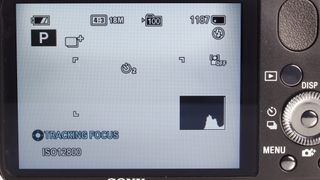
The 16x optical zoom range is a nice broad range that should suit most holidaymakers. Images taken at the telephoto end can only be shot with a maximum aperture of f/5.6, so it does struggle a little with focus in darker conditions.
That said, the optical image stabilisation system does a good job of keeping blur caused by camera movement when shooting at full zoom to a minimum.
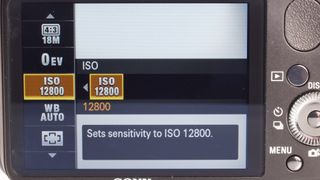
Clear Zoom technology is included on the Sony HX10V, something that's unique to Sony. The company claims that By Pixel Resolution Technology produces higher quality images than traditional digital zooms can offer.
We've seen this technology work well in other Sony cameras, such as the Sony RX100 or the Sony Alpha a37, and we're pleased to see it also doing a good job here.
Although not as high quality as standard optical zoom, and there is some evidence of smoothing, the results from the Clear Zoom are more than useable, especially at web sizes, and having the option to boost the zoom capability to an incredible 32x is a real bonus for a travel camera.
Chromatic aberration is kept to a minimum, though there is some evidence of it when zooming in to 100% in high contrast areas. Again, it is unlikely to distract when viewing an image at a normal useable size.

Autofocusing is quick and, on the most part, accurate. Macro focusing is available from as close as 5cm, and it mostly performs well. On occasion it can appear as if an image is in perfect focus, but on closer inspection it reveals otherwise. It's therefore always worth double-checking on playback images by zooming in to make sure the focusing is critical.
Intelligent Auto does a good job of determining the scene in front of it, although on occasion it did set the camera to a high frame rate when shooting a portrait, rather than deploying a more appropriate portrait mode.
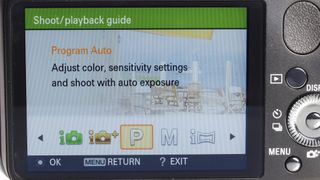
If you find the camera struggles to make the correct assumptions, you can easily switch to Scene mode and choose the correct one for yourself. For even greater flexibility, Program or Manual mode can be used.
It's nice to see a good range of Picture Effects available here, especially with the rise in popularity of smartphone apps such as Instagram.
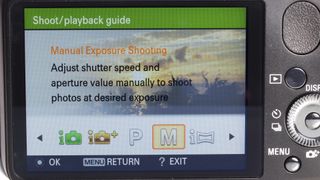
On the Sony HX10V you can take your pick from the likes of Toy Camera (which comes with a number of variations), Miniature (which recreates the effects of a tilt-shift lens) and HDR painting. Some will appeal more than others, but overall the effects are pleasing.
One of the drawbacks of using these filters is that extra processing power is required, sometimes meaning that there is a pause between a shot being fired and the image being ready. Depending on the filter, this can range from near-instant to a few seconds.
It's also worth pointing out that since the Sony HX10V doesn't allow you to shoot in raw format, there's no way to remove a digital filter. Therefore, it would be nice to have a way to quickly remove the filter from being deployed without having to dive back into the menu and scroll through the options to switch it off.
On the whole, noise performance is good. Viewing images shot at ISO 800 zoomed into 100% does reveal some incidence of smoothing of details to reduce noise, but when viewed at print or web sizes, the effect is not particularly noticeable. Images remain useable up until around ISO 1600, beyond which there is a severe drop in quality. If it's a choice between a very noisy image and not getting the shot at all however, the former is of course preferable.
The 3-inch 921k dot screen on the back of the Sony HX10V is one of its standout features. It copes well in harsh light, but in the brightest of sunlight you may struggle to see the screen adequately.
Images played back on the screen look fantastic, but this can mean that photos appear sharper than they actually are, meaning a check on critical focus may be necessary.
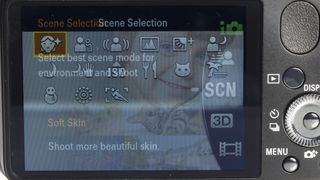
Current page: Performance
Prev Page Build quality and handling Next Page Image quality and resolutionAmy has been writing about cameras, photography and associated tech since 2009. Amy was once part of the photography testing team for Future Publishing working across TechRadar, Digital Camera, PhotoPlus, N Photo and Photography Week. For her photography, she has won awards and has been exhibited. She often partakes in unusual projects - including one intense year where she used a different camera every single day. Amy is currently the Features Editor at Amateur Photographer magazine, and in her increasingly little spare time works across a number of high-profile publications including Wired, Stuff, Digital Camera World, Expert Reviews, and just a little off-tangent, PetsRadar.

Worried about EV longevity? These 5 electric cars have all done over 200,000km on their original battery

AMD's powerful Ryzen AI Max processors are on their way to desktop PCs - and a side effect could kill off discrete GPUs for gaming

Amazon's Big Spring Sale ends tonight - here are 27 device deals I'd add to my cart
